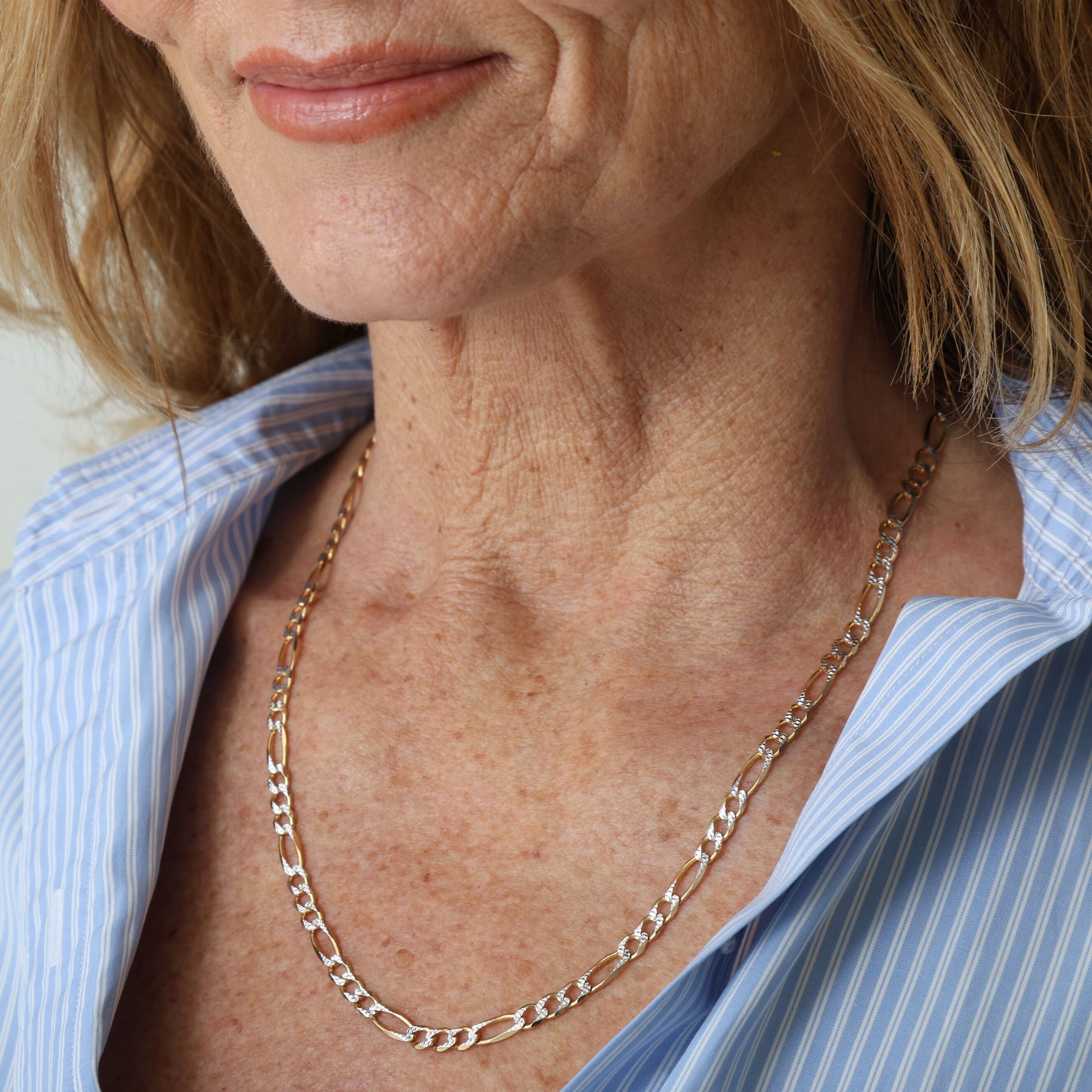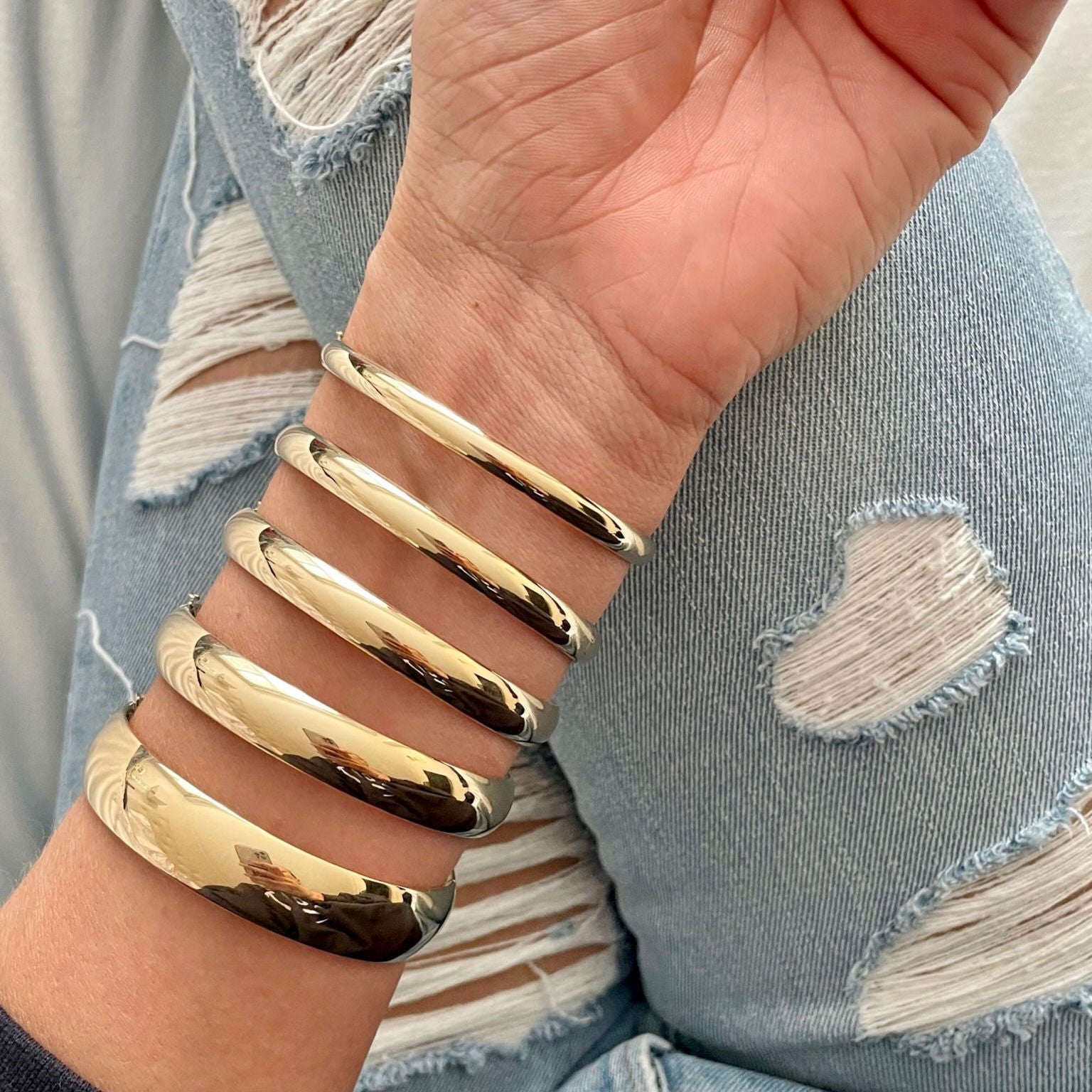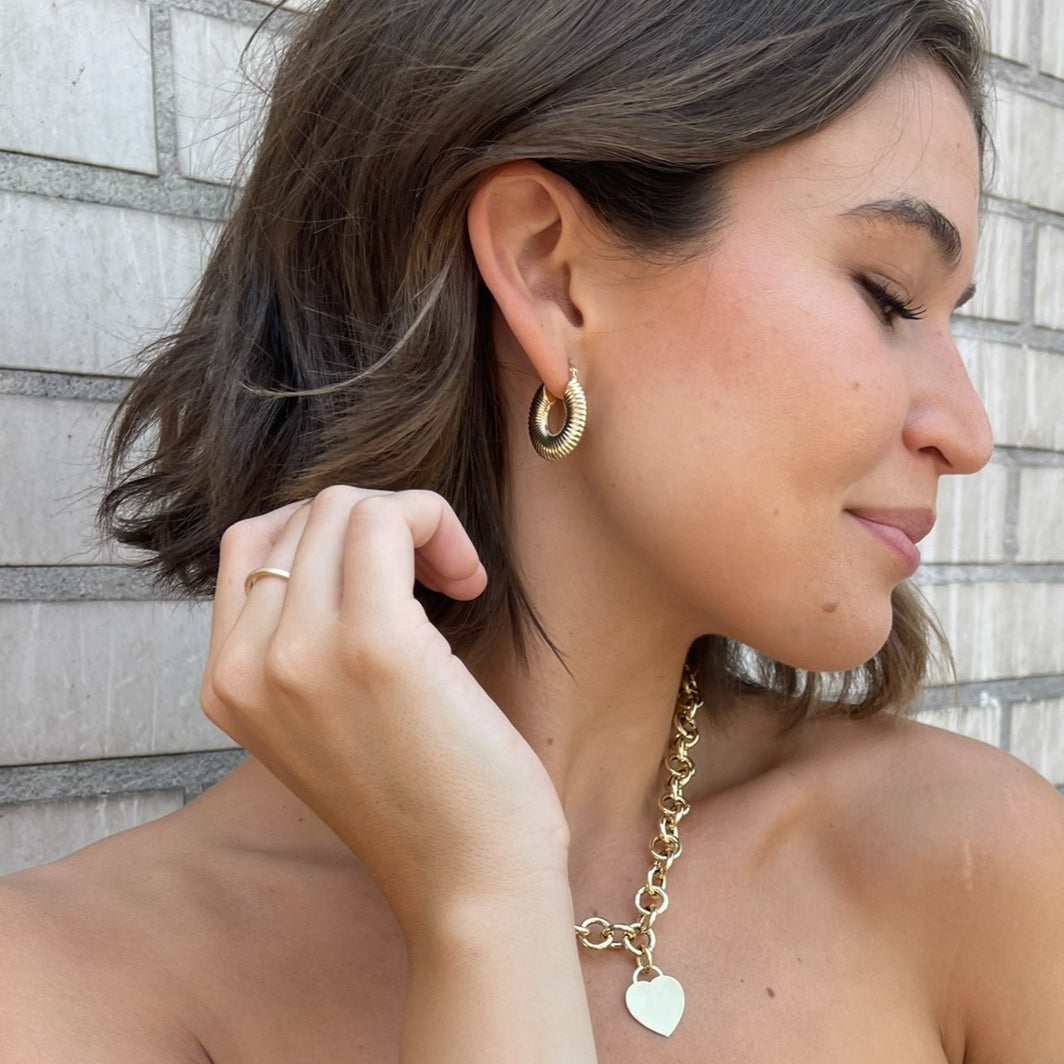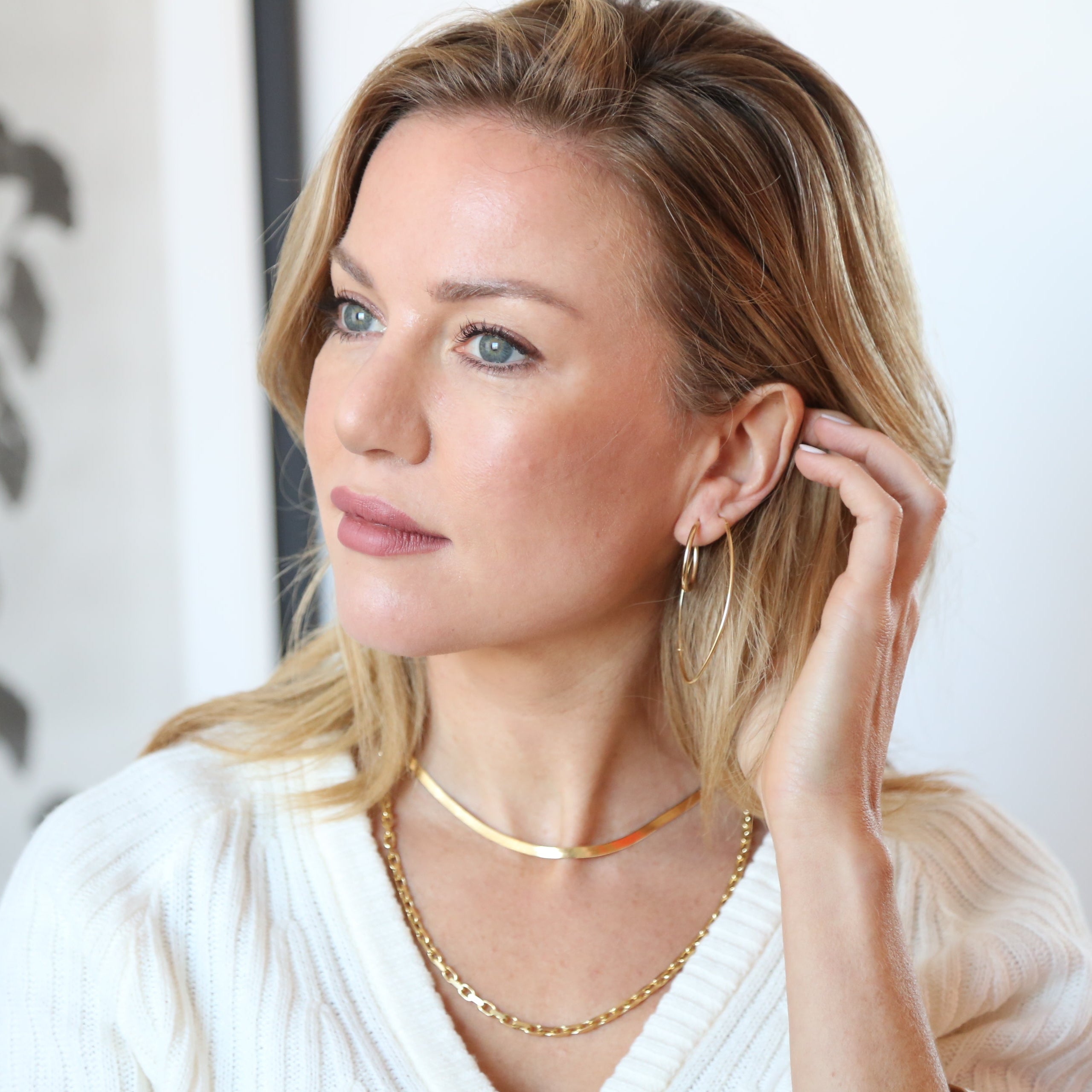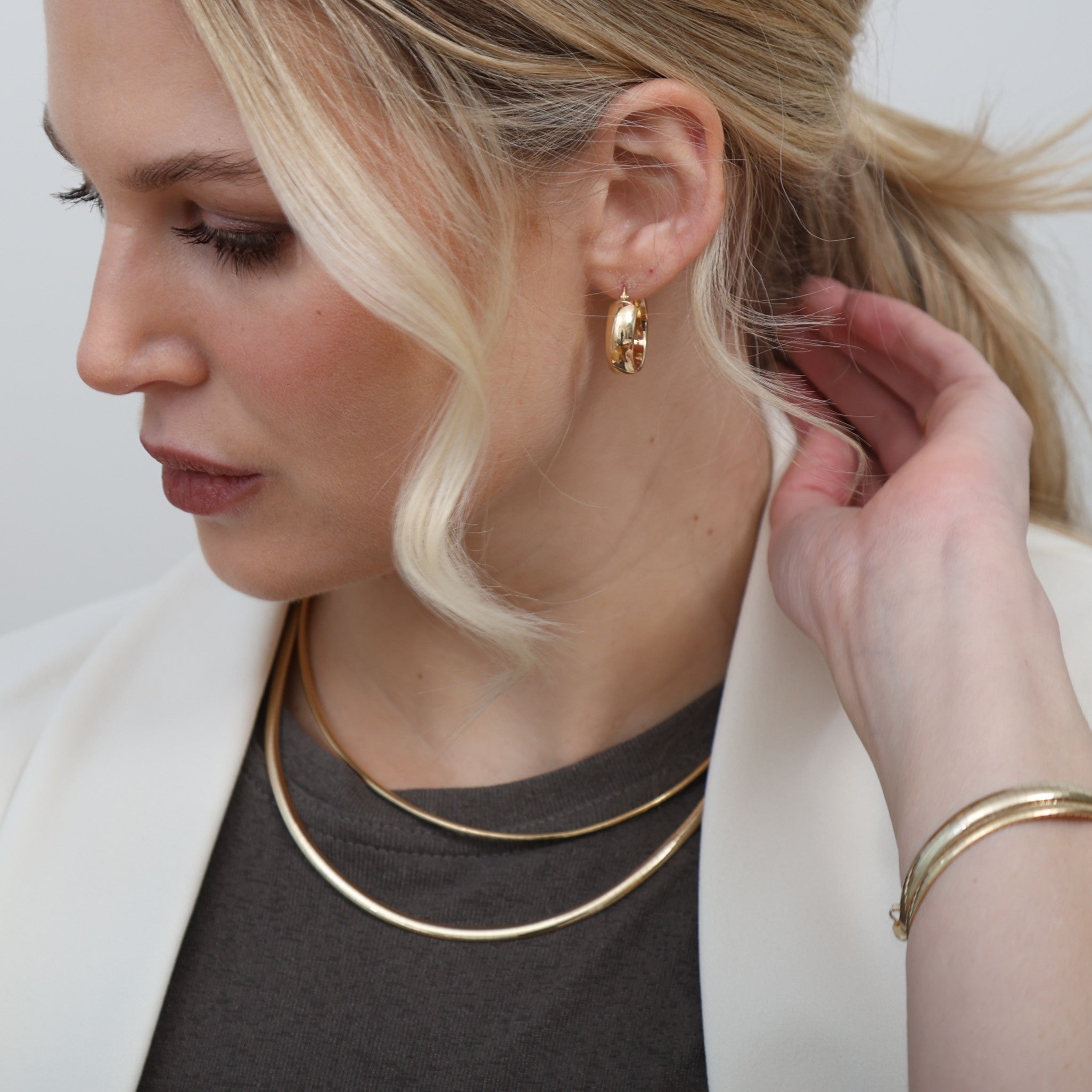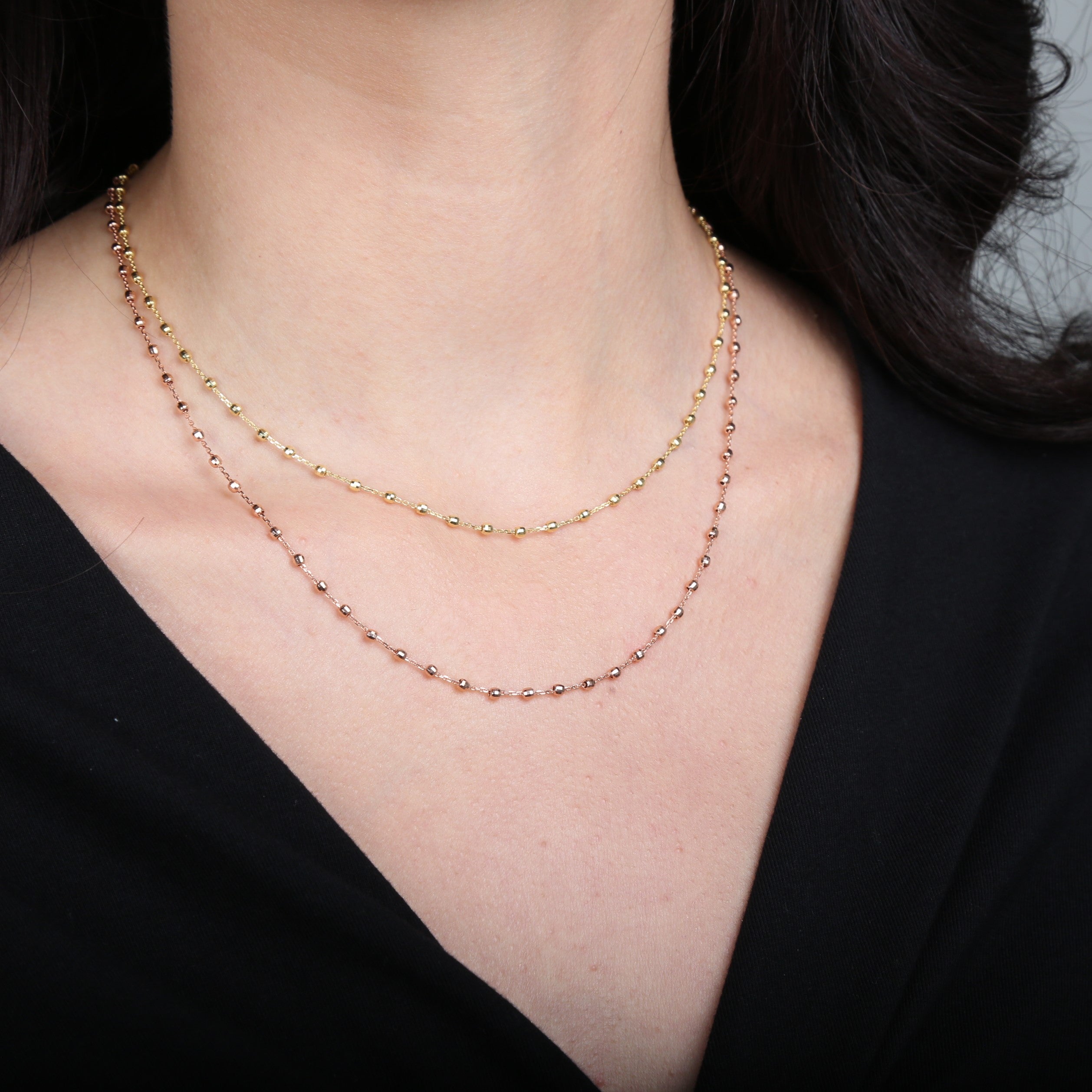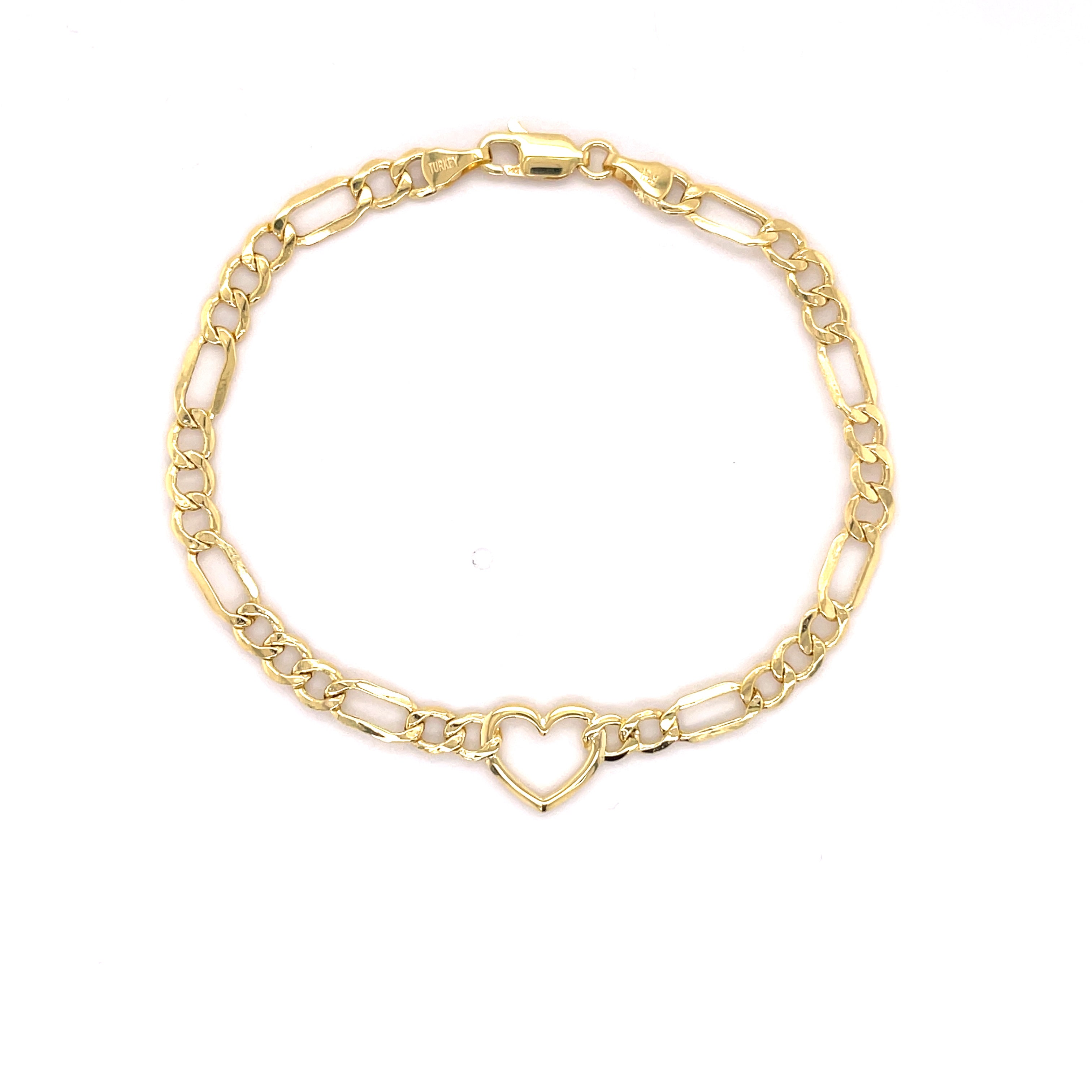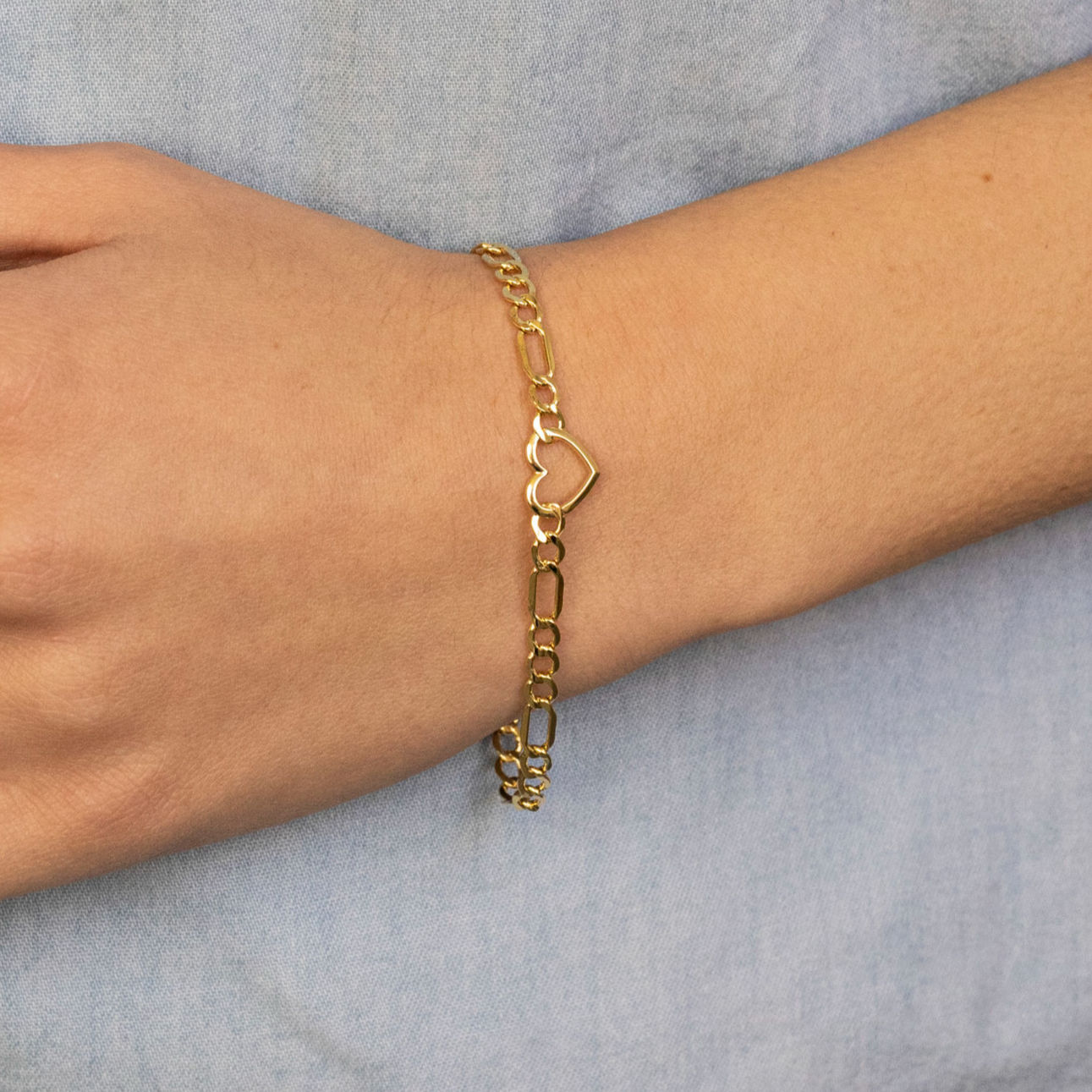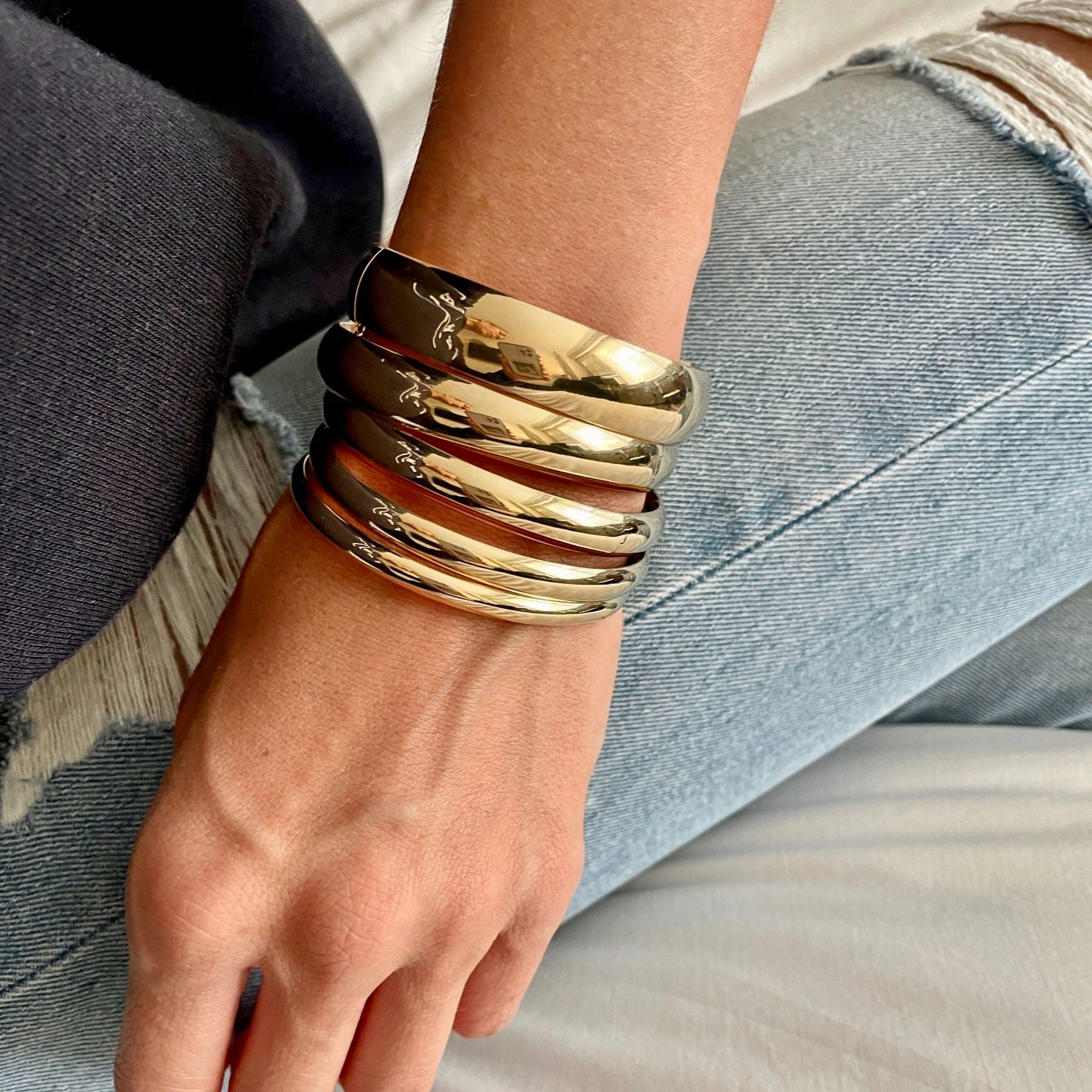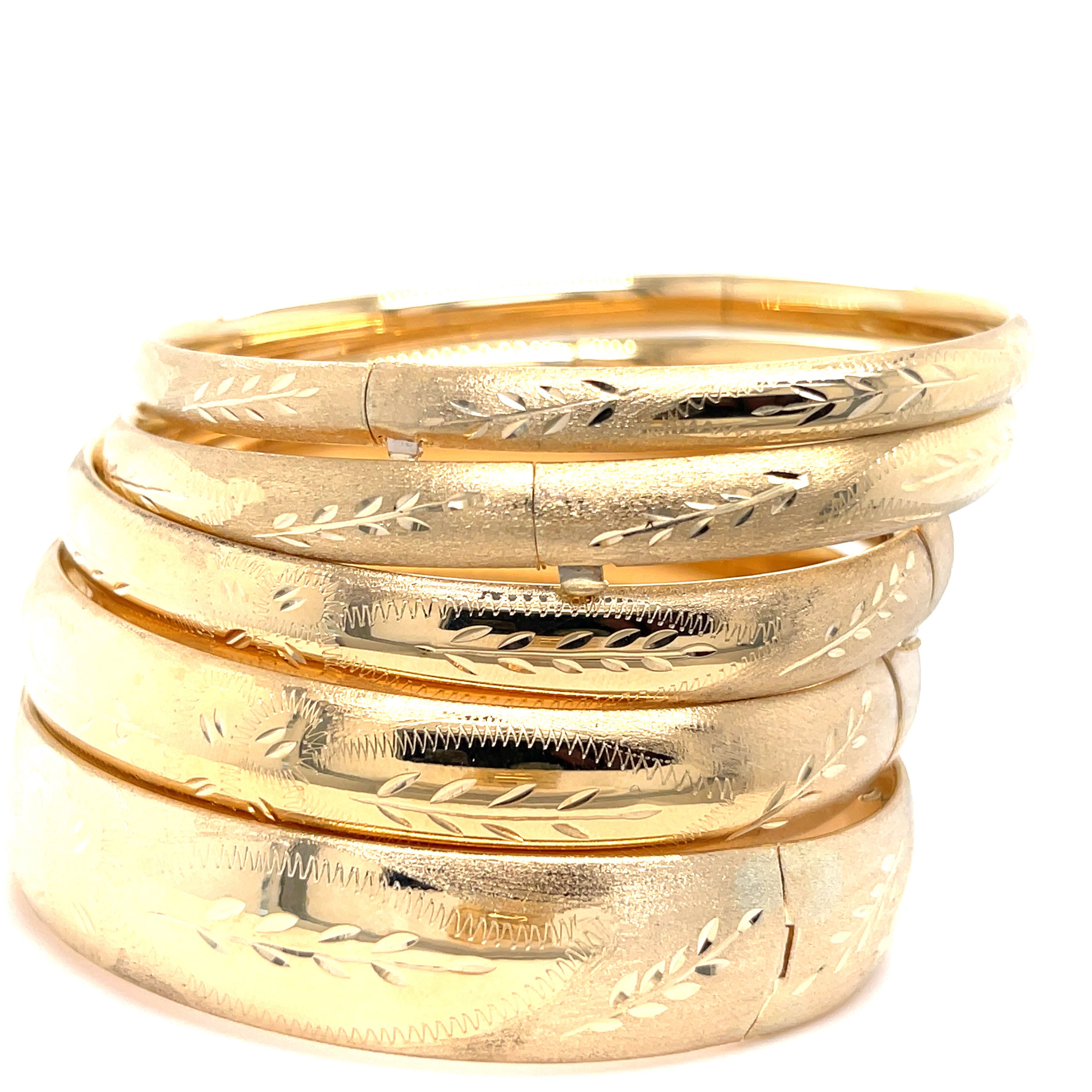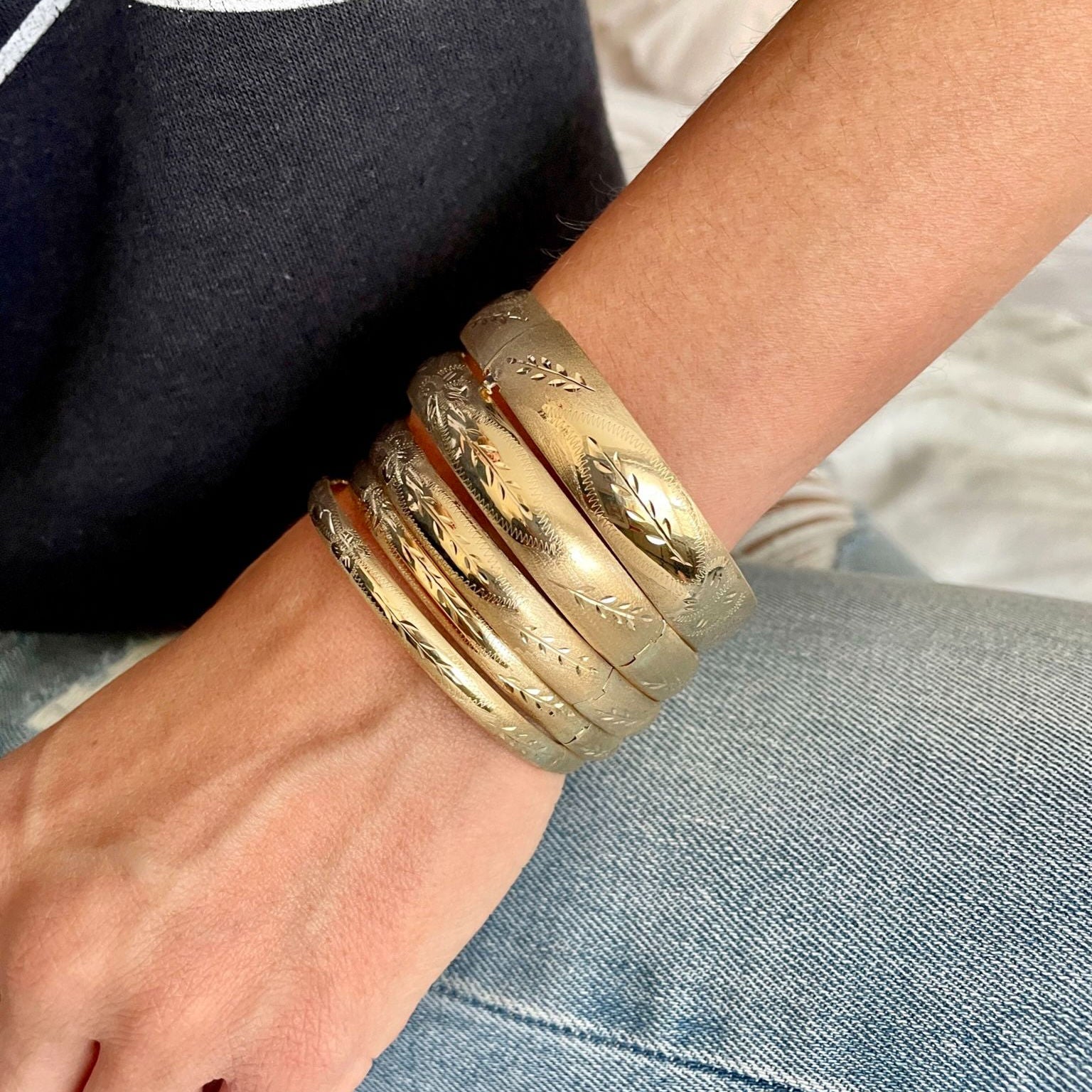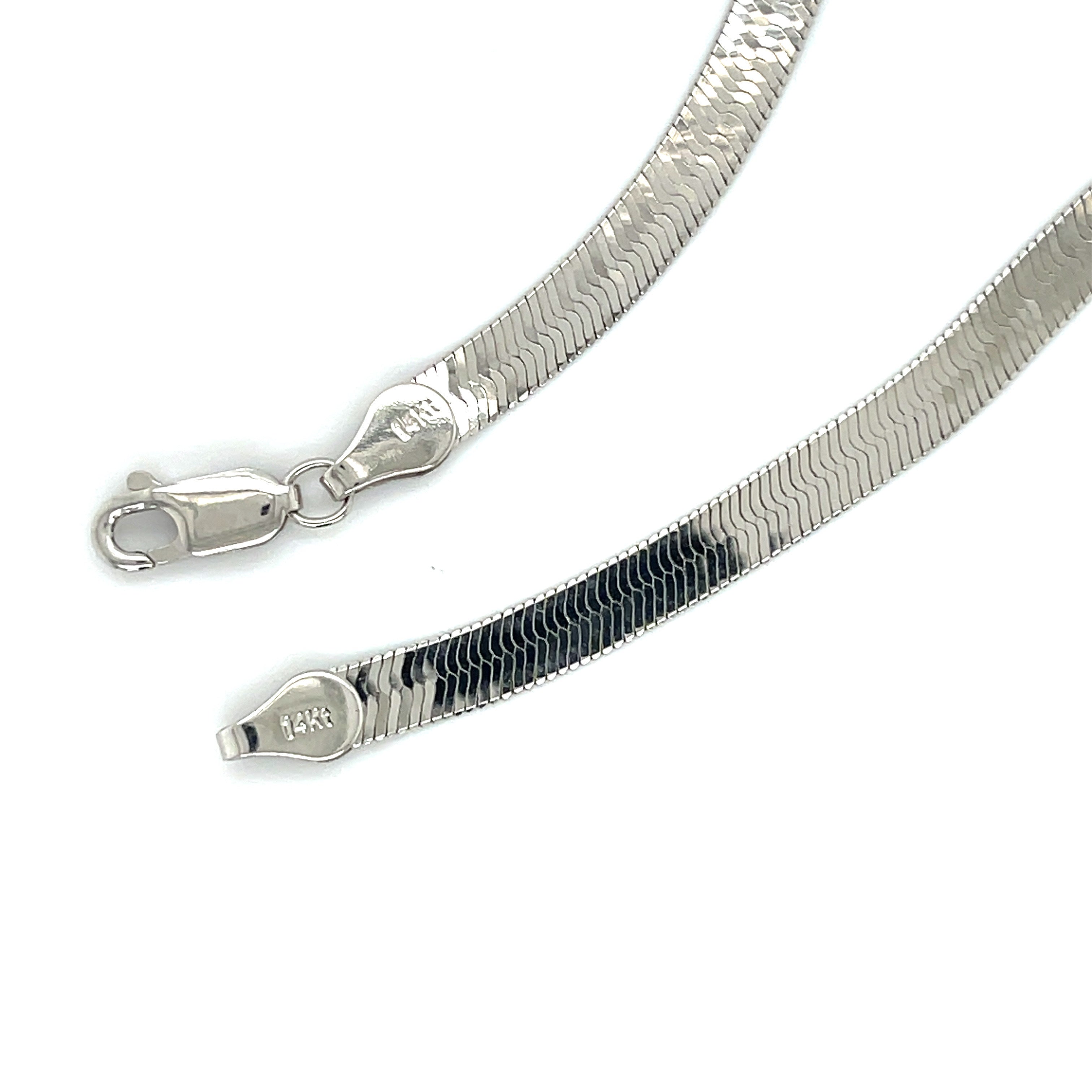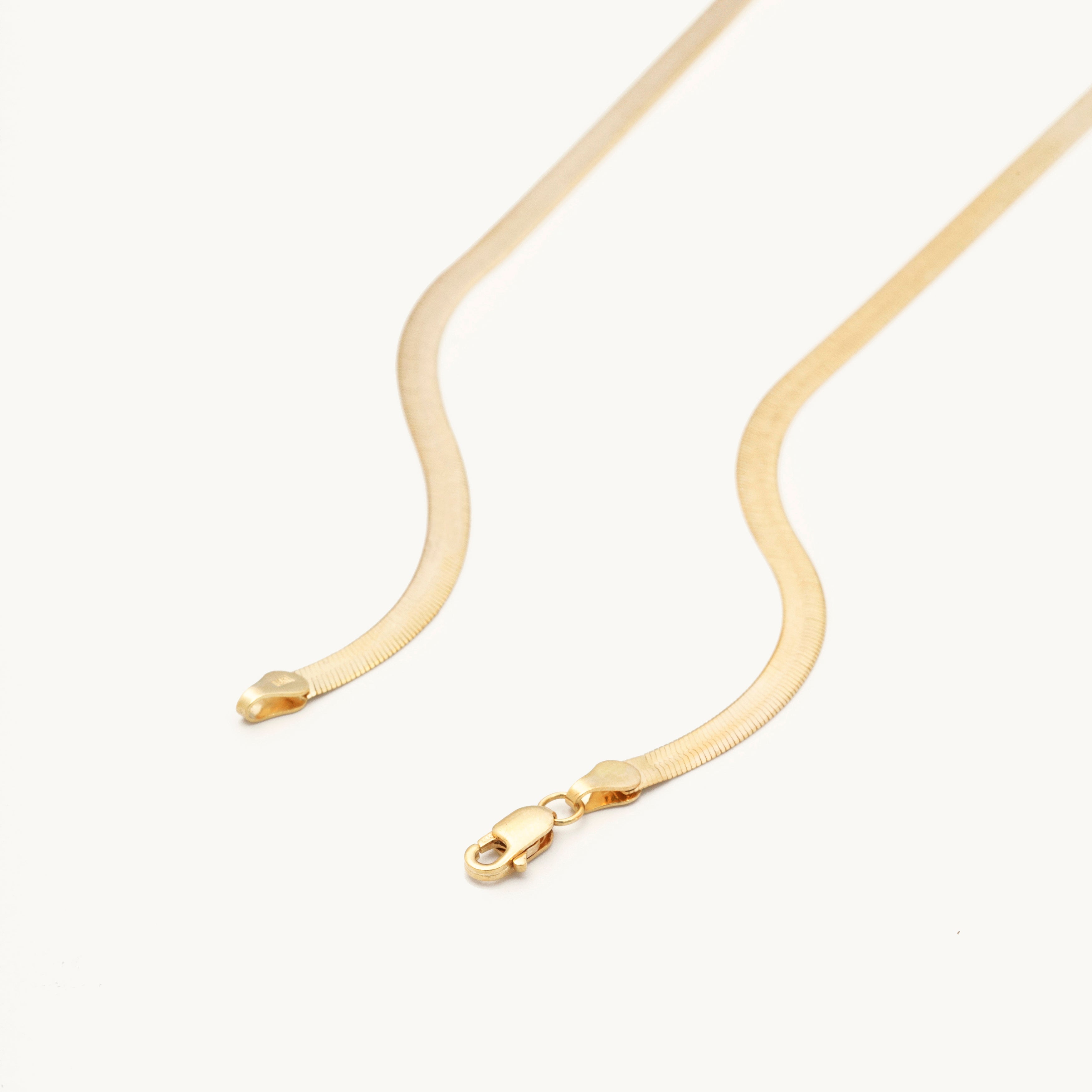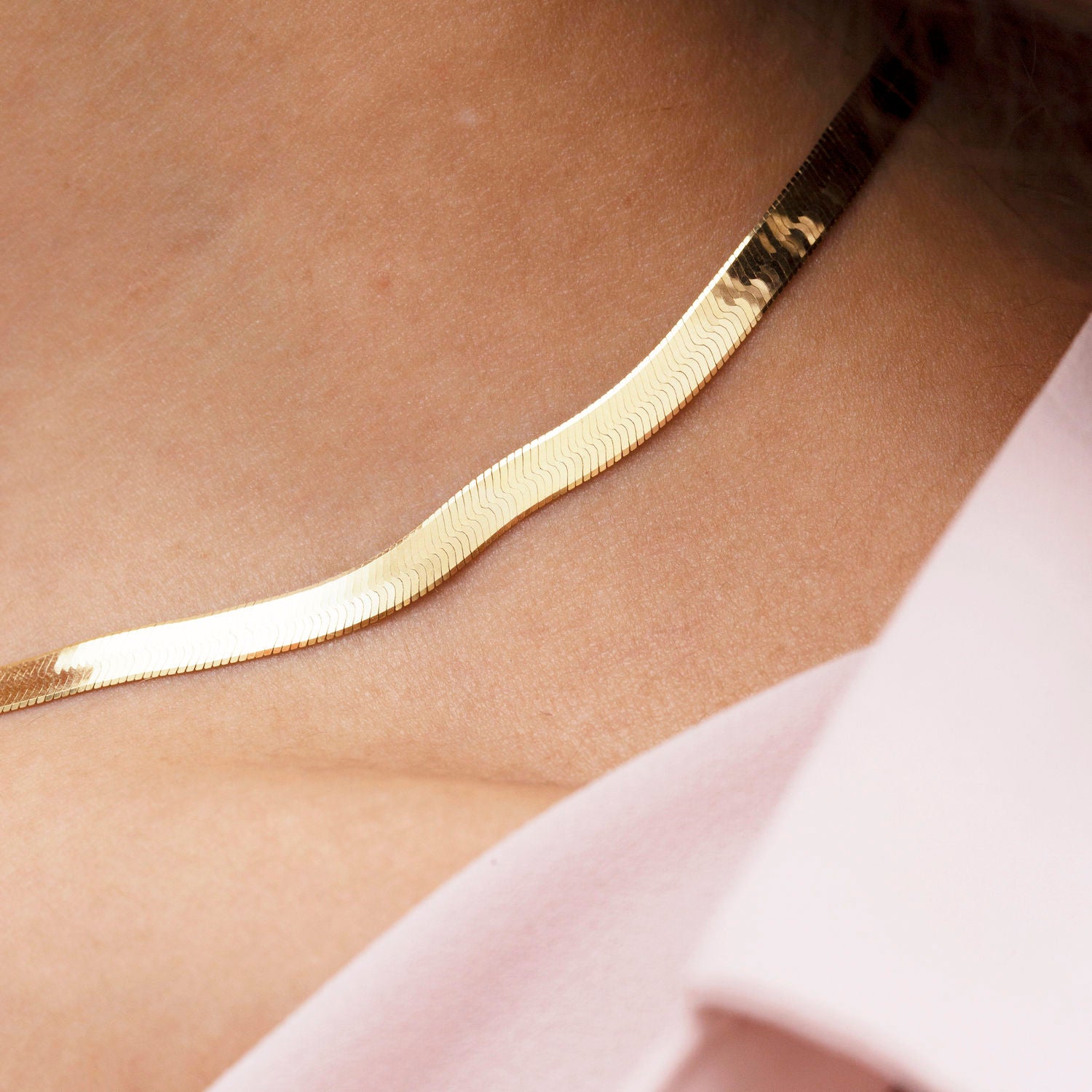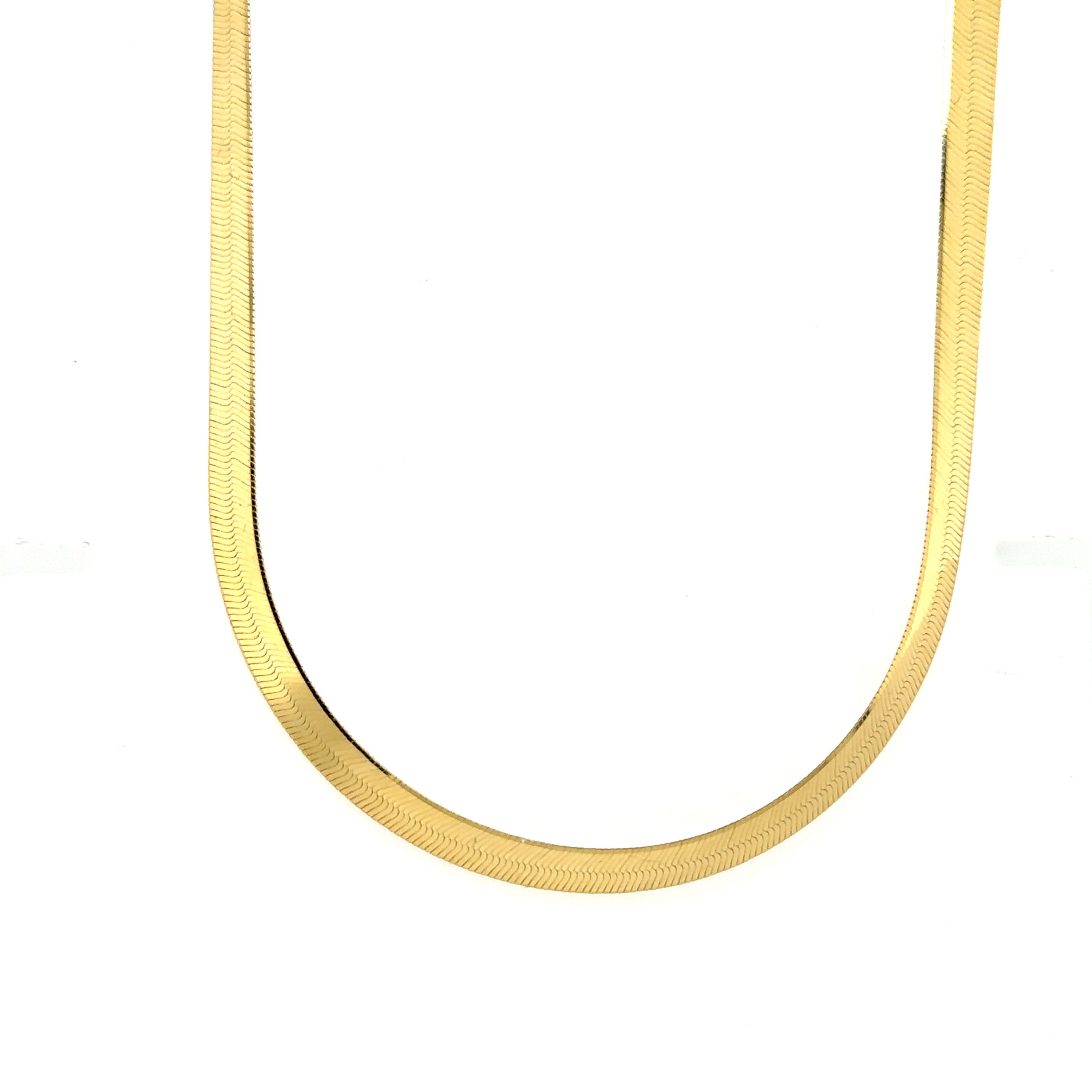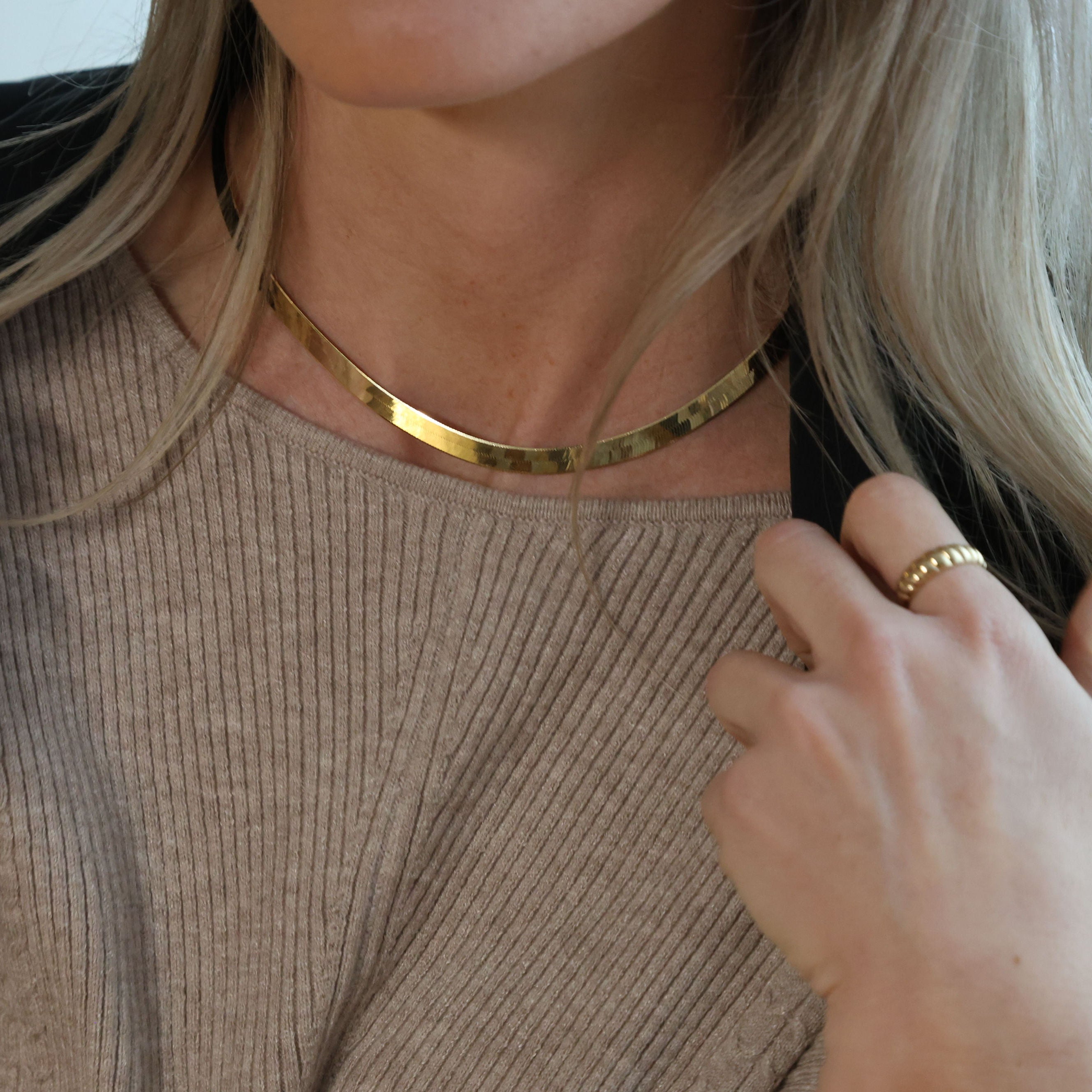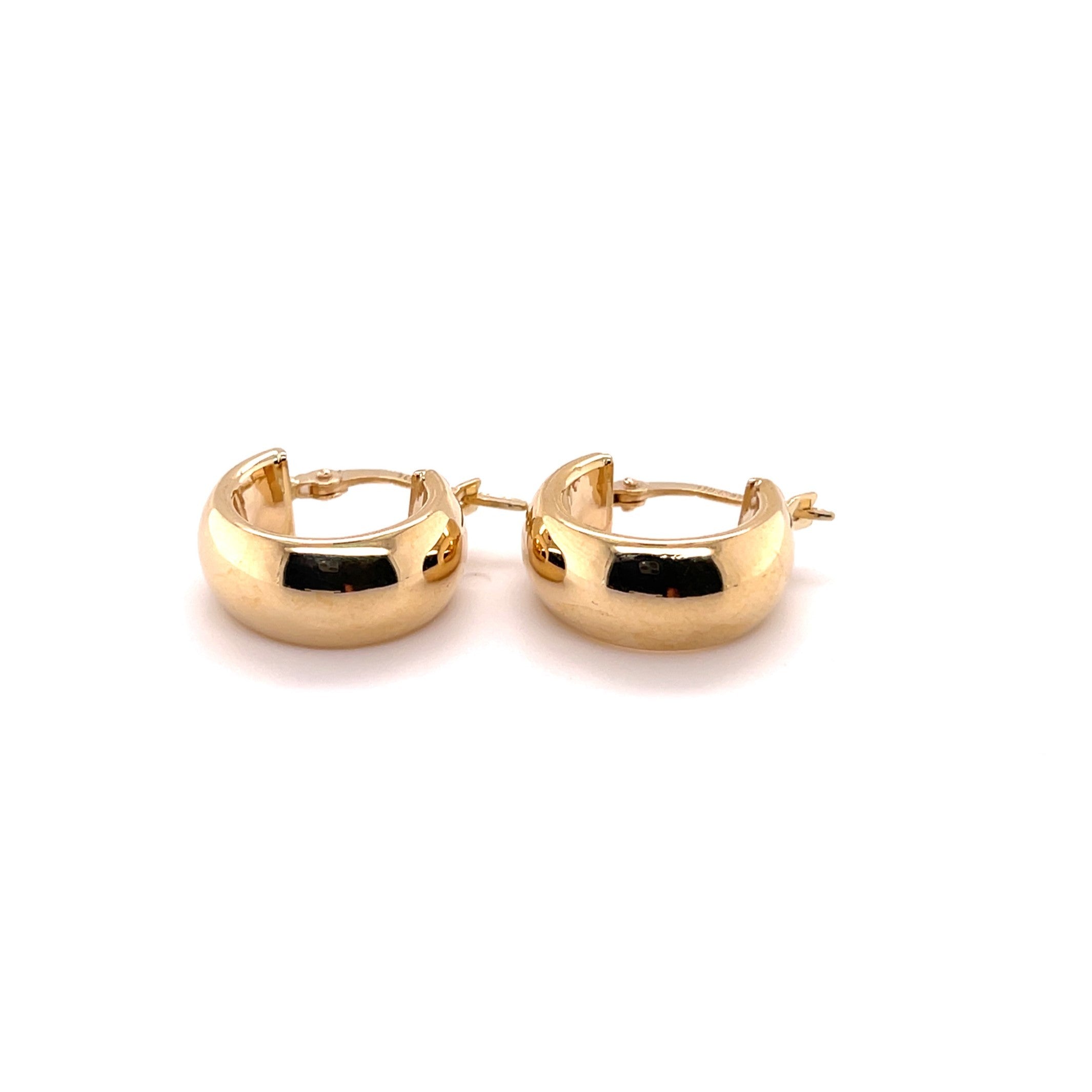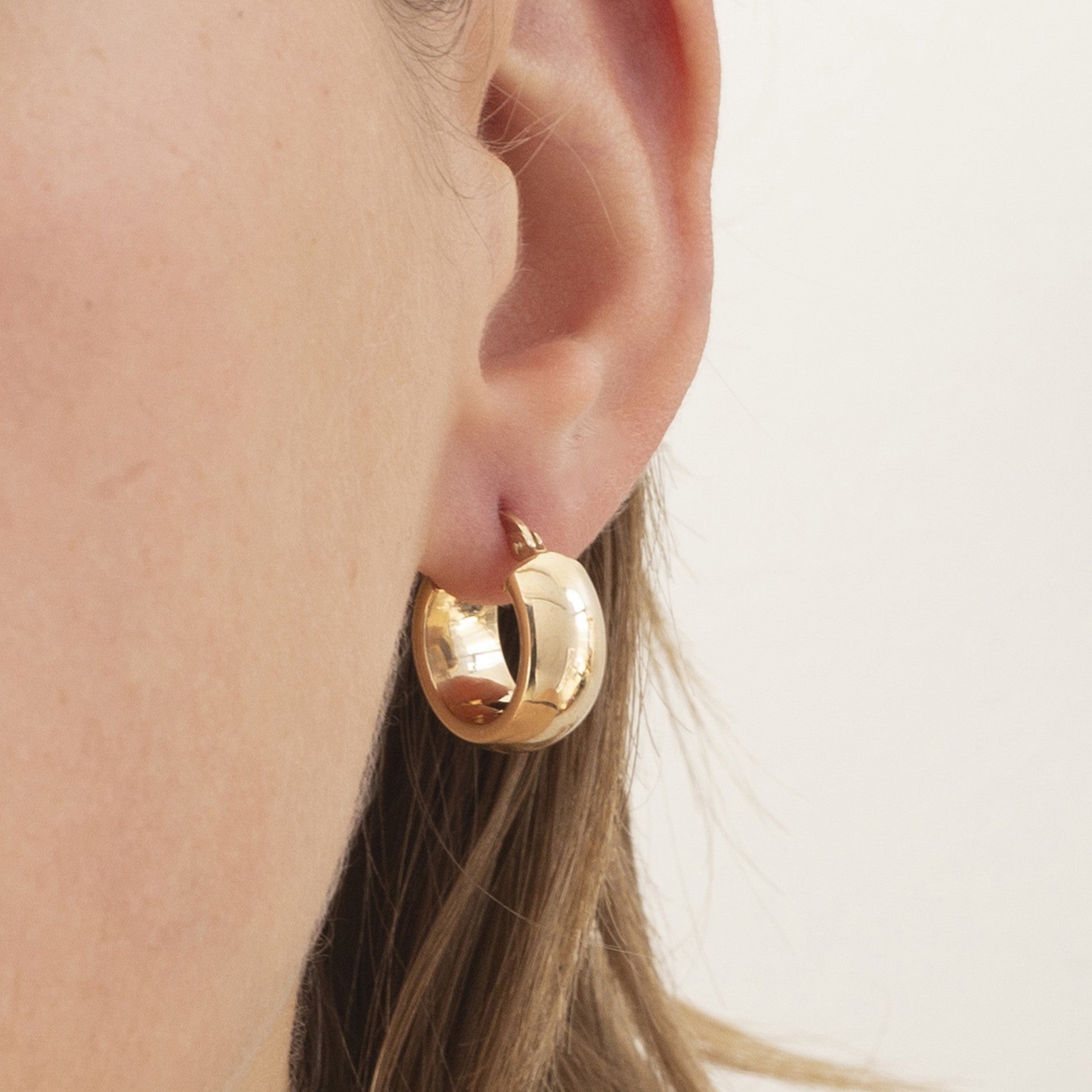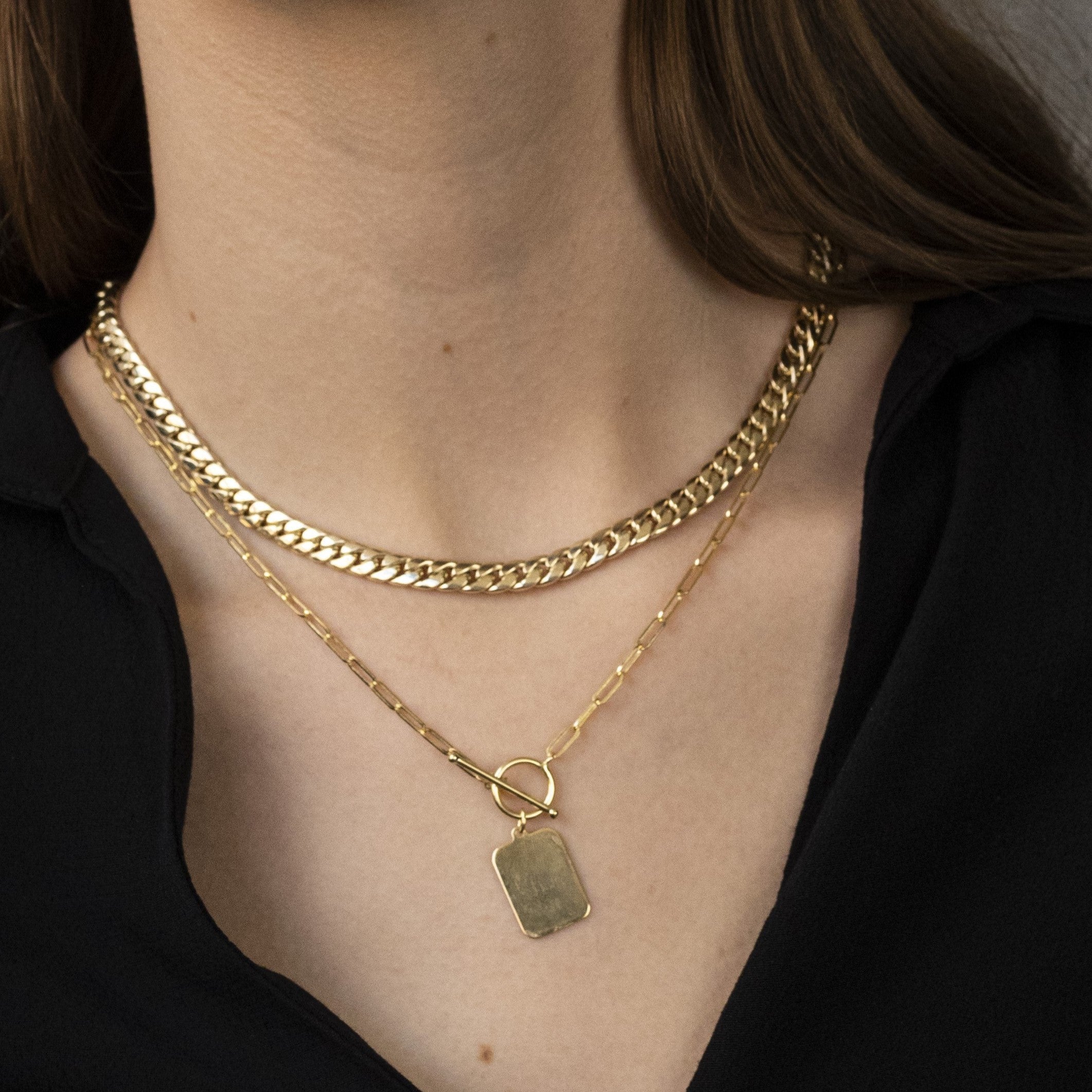
A Comprehensive Guide to Understanding and Identifying Gold Jewelry Stamps
Have you ever wondered what those gold jewelry stamps, numbers, and abbreviations on your gold jewelry mean and why they exist? Those little signs on gold jewelry are like the unsung heroes of the bling world, and they're not just for show – they're like the birth certificates of your favorite pieces. These little gold jewelry abbreviations spill the beans on where it's from, how old it is, and what kind of metal it's made of. It's like jewelry's way of telling its life story – a little mysterious, intriguing, and worth decoding!
For buyers, those gold jewelry numbers are like a secret code that tells us what we're getting. Those gold jewelry stamps are like a purity promise. You see "24K" and know you have the purest gold. It's like the VIP section of the jewelry world, and who wouldn't want that?
But here's the kicker - Those signs on gold jewelry are your golden ticket (pun intended). They're not just decoration; they're trust builders. In a world where knockoffs and imitations are lurking around every corner, a gold jewelry number is like a neon sign that says, "Hey, this is the real deal." It's like the jewelry version of a quality assurance seal.
If you're a seller and your piece has that gold jewelry abbreviation of approval. Buyers aren't just buying gold; they're buying trust. They're investing in something they know is genuine.

What do those gold jewelry stamps mean?
Jewelry stamps have been a timeless tradition, dating back centuries. Initially, these detailed markings served the purpose of identifying the metal type and purity. However, as time marched on, they transformed to encompass not only origin but also details about the manufacturing process.
Types of Gold jewelry stamps
Here are some more commonly known gold stamps that you should know about:
925 stamps
The 925 stamp indicates sterling silver, containing 92.5% silver and the remainder composed of another metal, typically copper. Jewelers often choose copper for its durability, creating a robust alloy when combined with silver.

Gold purity stamps
Once you grasp the basics of karats, you can inspect your gold for stamps—these are markings on your pieces. You'll often find rings on the inside, and on chains, they're typically near the clasp. Legally, gold jewelry sold by a vendor must bear a stamp indicating purity, so spotting one is a positive indicator. If you can't locate a stamp, it might have worn off, or the piece predates the law. No worries if there's no stamp; experts in gold buying can help. They possess extensive experience assessing value and can conduct advanced tests to determine gold purity.

Hallmark stamps
KP- Karat Plumb
GP- Gold plated
HGE- Heavy Gold Electroplate
RGP- Rolled Gold Plate
GF- Gold filled (gold plated)
1/20- Gold filled (gold plated)
Understanding Hallmarking
Hallmarks play a crucial role in gold jewelry stamp identification, helping you recognize the manufacturer of a product. They're like a signature, indicating who crafted the item. Manufacturers stamp their products with hallmarks to confirm authenticity. It's a mark of pride and a way for consumers to trust that they're getting a genuine product from a specific maker. So, when you spot that gold jewelry stamp, you're not just holding a piece of jewelry but a piece of craftsmanship with a unique identity.
History of hallmarking and signs on gold jewelry
The gold hallmarks scene isn't new – we're talking way back to the 1200s. Back then, it was like the OG way of ensuring your bling was top-notch. Picture this: gold was the go-to for fancy jewelry, coins, you name it. Enter Edward I in England and Louis IX in France – these craft guilds were the rockstars of skilled manufacturing. But, you know, where there's craft, there's also a bit of political drama.
So, to keep things legitimate and ensure you weren't getting some knockoff jewelry, the government brought in state assayers. These were the real deal, objective regulators checking that the gold hitting the market was as good as advertised. Craft guilds had to get their stuff hallmarked before selling it in the regulated community – it was like the golden ticket showing your gold jewelry was the real deal. That's how gold hallmarks became the cool kids on the block, ensuring your gold was pure and trustworthy. This became the expected standard in gold jewelry manufacturing up to the present.
Preserving your gold investment
Caring for and preserving your gold jewelry doesn't have to be a hassle; a few simple steps can keep your bling shining. Firstly, avoid exposing it to harsh chemicals, like chlorine, which can damage the metal. Store your pieces separately to prevent scratching, and keep them away from direct sunlight to avoid discoloration. Regular cleaning with a mild soap and water solution or a jewelry cleaning cloth will help maintain that dazzling luster. Remove your gold jewelry when swimming or vigorous exercise to prevent wear and tear. With a little TLC, your gold pieces will keep turning heads for years.
FAQS
Here are our most straightforward responses to the frequently asked questions about gold jewelry stamps and hallmarking.
Does authentic gold jewelry have a stamp?
Definitely! Authentic gold jewelry often bears a stamp, which is a crucial indicator of the jewelry's authenticity and quality. These stamps typically include information about the gold's purity, known as karats. This stamp assures buyers they get genuine gold and provides essential information about the piece. However, it's worth noting that not all gold jewelry may have a visible stamp, especially if it's an older piece or if the stamp has worn off over time. Consulting with a jeweler or gold expert can help verify authenticity.
What stamp is on real gold?
The stamp on real gold indicates the purity or karat of the gold. Pure gold is 24 karats but very soft, so it's often alloyed with other metals for durability. Standard gold purity stamps you might find include:
24K or 999: Pure gold
18K or 750: 75% gold, mixed with 25% other metals.
14K or 585: 58.5% gold, mixed with 41.5% other metals.
10K or 417: 41.7% gold, mixed with 58.3% other metals.
The stamp is a way for buyers and sellers to identify the gold's purity and quality. However, be cautious; fake gold items might also carry stamps, so buying from reputable sources is essential.

As you visit the nearest jewelry store next to you, remember that gold stamping is the golden seal of authenticity. Keeping informed is vital. Empower yourself as a buyer by understanding gold stamps, ensuring you make informed choices, and investing in timeless pieces that reflect both authenticity and craftsmanship. If you have further questions or can't decide on the perfect piece of gold jewelry, drop your questions below; this page will be 100% dedicated to helping you sparkle with confidence. Let's turn your inquiries into a goldmine of knowledge!




